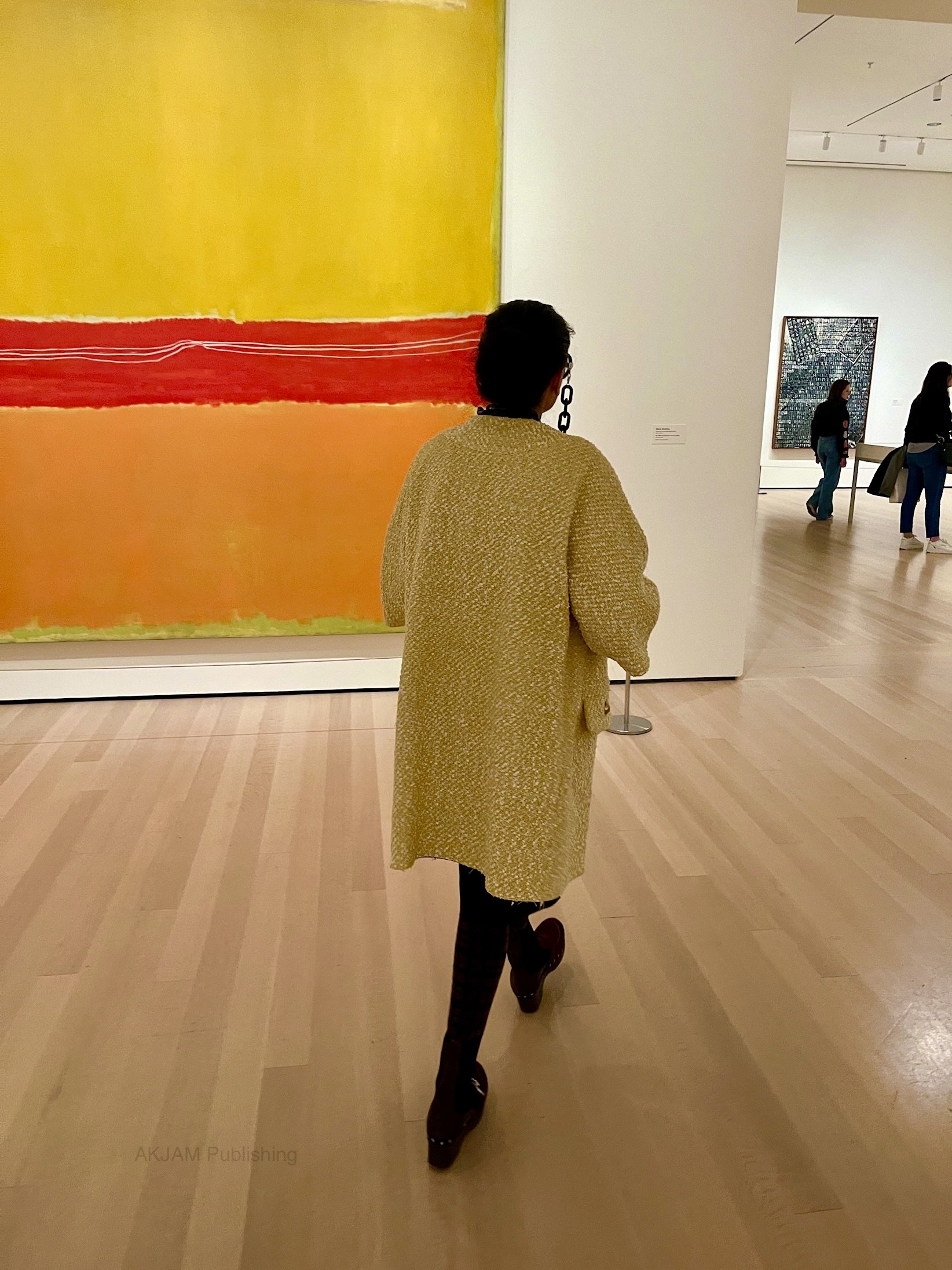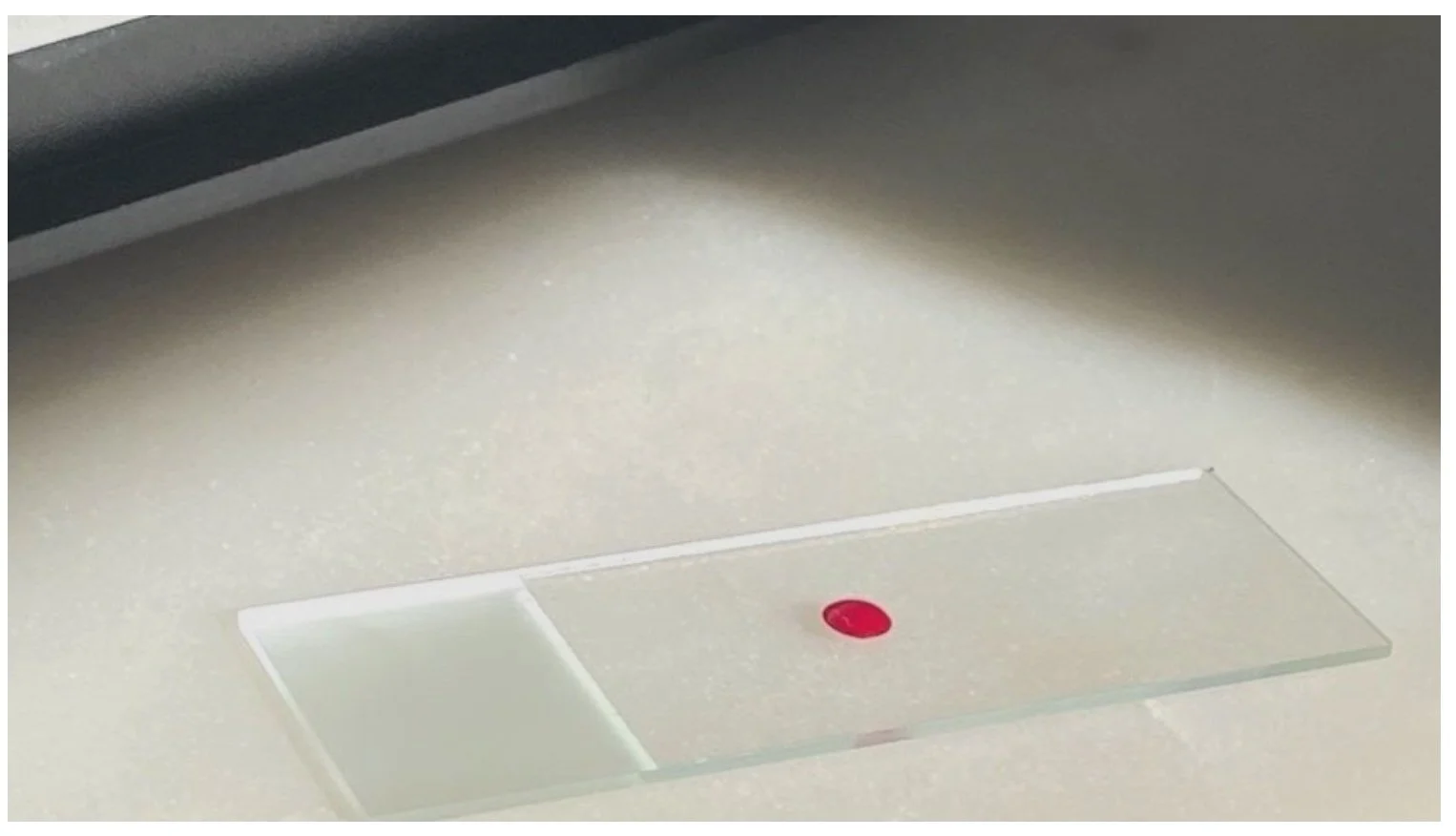30 Years After Loma Prieta: Our Shaky Foundation
1989. October 17.
Where were you? If you were not in diapers, then you most likely know.
Some were on their commute home, others at the Battle of the Bay World Series. I was at home listening to the neighbor’s normally quiet dog wildly barking. Then, I heard a click. Then, the earth jolted a tad bit. As a Californian, a tiny jolt is nothing to get up for. That’s when the swaying started. That’s also when I got up. Earthquake disaster protocols are used more often than others in sunny Cali, so under the doorframe I stood. It was over in a few seconds, but it felt like forever. We expect our foundation to be stable, so when it starts to move like the sea in that Forrest Gump shrimping boat hurricane scene, we’ve got a problem.
The Loma Prieta earthquake hit the San Francisco Bay Area as one of the worst in history. It looked like Armageddon (the movie not the religious thing). People crushed in their cars by collapsed bridges, no power for days, fires breaking out. Californians were mostly prepared due to safety training, but there is no solid preparation for surviving the lasting waves of experiencing an earthquake. It will happen again, maybe a different fault and city, but the destruction will come. This is not to sound ominous; it’s to manage physical and emotional crises.
So, how do we deal with losing our foundation when our support system that we counted on is lost?
Losing Ground
The physical stuff is established- protect yourself and your home, or get to a hospital and the insurance company. To mitigate the physical trauma, several preparation steps are key and the California Academy of Sciences details them adequately. By the way, in the last 30 years doorframes have been deemed a useless place of protection.
But, what about the deeper stuff? The emotional stuff, the tremors not measured on the Richter Scale, that is not easy to retrofit?
Honestly, what do you do when the surface that you thought was sturdy enough to carry you throughout your life is now like a slab of Jello that has your entire life trapped inside?
Dramatic changes in one’s life, like losing a job or getting divorced, can feel like ‘the ground came out from under’ you. Aside from the physical, is it that different from when the Earth is responsible? Losing everything (home, pet, sibling, spouse) affects different people in different ways, so resolution methods are not constant. Our foundation, physical and emotional, needs to be nurtured. Learning how to move on, adapt, or live without can be helpful in acting as a resilience support system. Individual peeps can decide how they want to help themselves and how they want to help others.
It’s not an exact science , yet, but some work has been done on Earthlings to get closer to where we can start.
$cience
Apparently, our brains react to a person’s facial expression during a traumatic earthquake experience. Lab nerds invited residents who experienced a California earthquake in 2009 to partake in a study published in 2019. Researchers imaged earthquake survivors’ brains to make a connection between neural functions and facial expressions. This can later be used to assess emotional trauma when experiencing natural disasters with others.
Bottom Line
If you’ve ever lost your foundation, ask for help. If someone asks for help, give it to them to your best capacity or direct them to someone who can.
Imagery
If you weren’t there, take a gander at what type of damage can happen after 15 seconds of the Earth moving to what Richter measured to be 6.9 in magnitude.
Now and then
Figure 1- The Palace of Fine Arts in 2019 (L) and 1989 (R).
Figure 2- The Bay Bridge (L) and Cypress Structure (R) in 1989.
Figure 3- The World Series of Baseball in 1989.
$cience is Art
Art is science








































